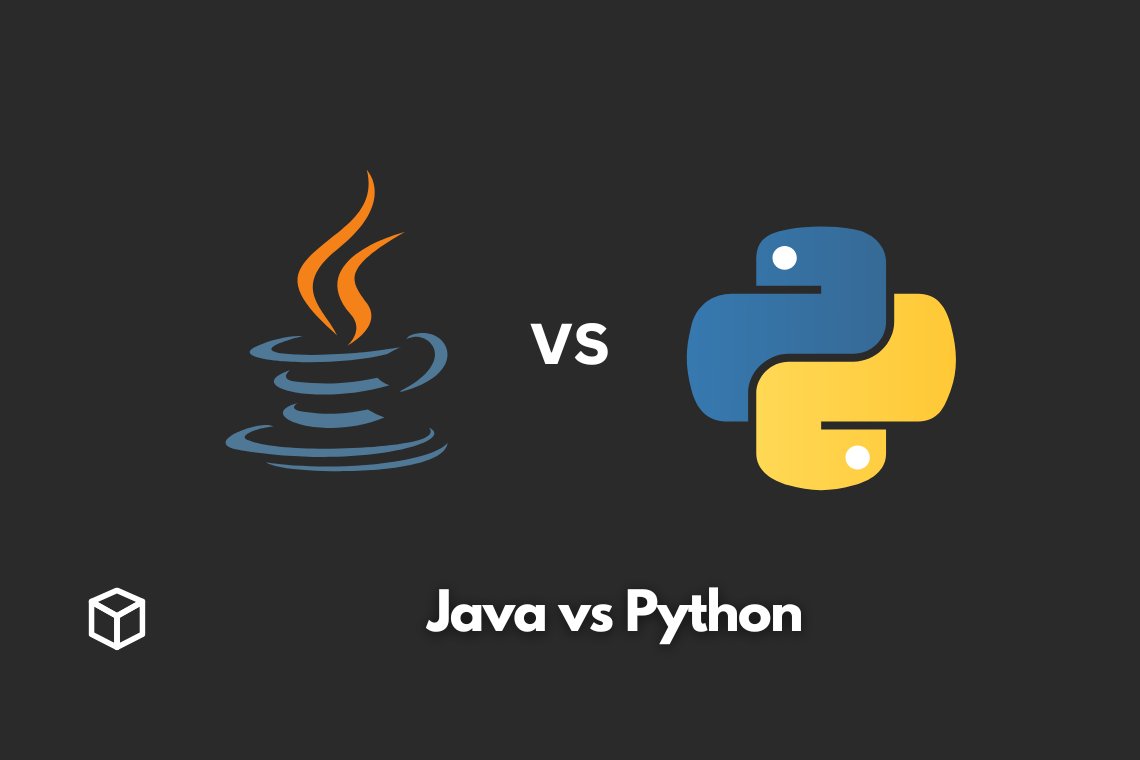When it comes to programming languages, two of the most popular and widely-used options are Java and Python.
Both of these languages have their own unique features and benefits, but they also have some key differences.
In this article, we will take a detailed look at these differences, as well as the history, syntax, use cases, community support, and pros and cons of each language.
History and Development
Java was first released in 1995 by Sun Microsystems (now owned by Oracle).
It was designed to be a “write once, run anywhere” language, meaning that code written in Java can run on multiple platforms without any modification.
Python, on the other hand, was first released in 1991 by Guido van Rossum.
It was designed to be a high-level, interpreted language that is easy to read and write.
Over the years, both languages have undergone significant development and updates.
Java has released several versions, including Java 8 and Java 11, which introduced new features such as lambda expressions and the module system.
Python has also released several versions, with the latest being Python 3.10, which includes new features such as positional-only parameters and module attributes.
Syntax and Structure
One of the biggest differences between Java and Python is their syntax and structure.
Java is a statically-typed language, which means that variables must be declared with a specific data type.
Python, on the other hand, is a dynamically-typed language, which means that variables do not have to be declared with a data type.
Java also uses curly braces to define code blocks, while Python uses indentation.
For example, here is a simple “Hello, World!” program written in both languages:
Java:
public class Main {
public static void main(String[] args) {
System.out.println("Hello, World!");
}
}Python:
print("Hello, World!")As you can see, the Java code is longer and more complex than the Python code.
This is because Java requires more explicit declarations and syntax.
Use Cases
Both Java and Python are versatile languages that can be used for a wide range of purposes.
Java is commonly used for developing enterprise applications, mobile applications, and video games.
Python, on the other hand, is often used for scientific computing, data analysis, and machine learning.
In terms of performance and efficiency, Java is generally considered to be faster and more powerful than Python.
However, Python’s simplicity and ease of use make it a good choice for small-scale projects and prototyping.
Community and Support
Both Java and Python have large, active communities that provide a wealth of resources and support for developers.
Java has a strong presence in the enterprise world and is used by many big companies.
Python, on the other hand, has a strong presence in the academic and research communities and is used by many scientists and researchers.
In terms of resources and support, both languages have a wide range of tutorials, documentation, and forums available.
Java also has a large number of libraries and frameworks that can be used to speed up development.
Python has a large number of libraries and modules available, which can be easily installed using pip.
Pros and Cons
Each language has its own set of advantages and disadvantages.
Some of the main advantages of Java include its speed, scalability, and the fact that it can run on multiple platforms.
Some of the main disadvantages of Java include its verbosity and complexity.
Some of the main advantages of Python include its simplicity and ease of use, its large standard library and a large number of libraries and modules available.
Further, Python is often considered to be a more versatile language than Java, being used in scientific computing, data analysis and machine learning.
Some of the main disadvantages of Python include its slower performance than Java and it may not be suitable for large-scale projects or systems.
Conclusion
In conclusion, Java and Python are both popular and widely-used programming languages that have their own unique features and benefits.
Java is a powerful, statically-typed language that is commonly used for enterprise applications and mobile applications.
Python is a simple, dynamically-typed language that is often used for scientific computing, data analysis, and machine learning.
When choosing between Java and Python, it’s important to consider the specific needs and requirements of your project.
Java is a good choice for large-scale, high-performance projects, while Python is a good choice for small-scale projects, prototyping and scientific computing.
In any case, both languages have large and active communities that provide a wealth of resources and support for developers.
It’s always recommended to try both languages and see which one you feel more comfortable with, based on your experience and preferences.




